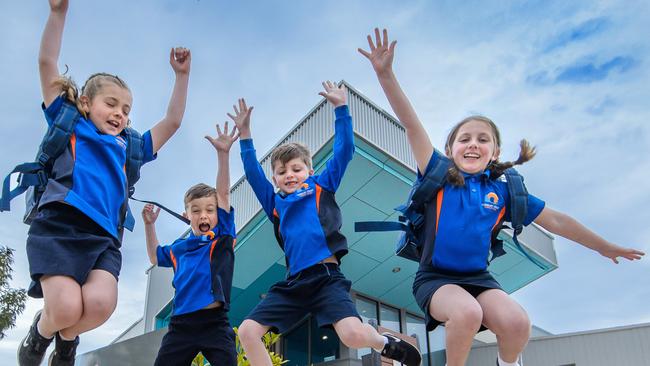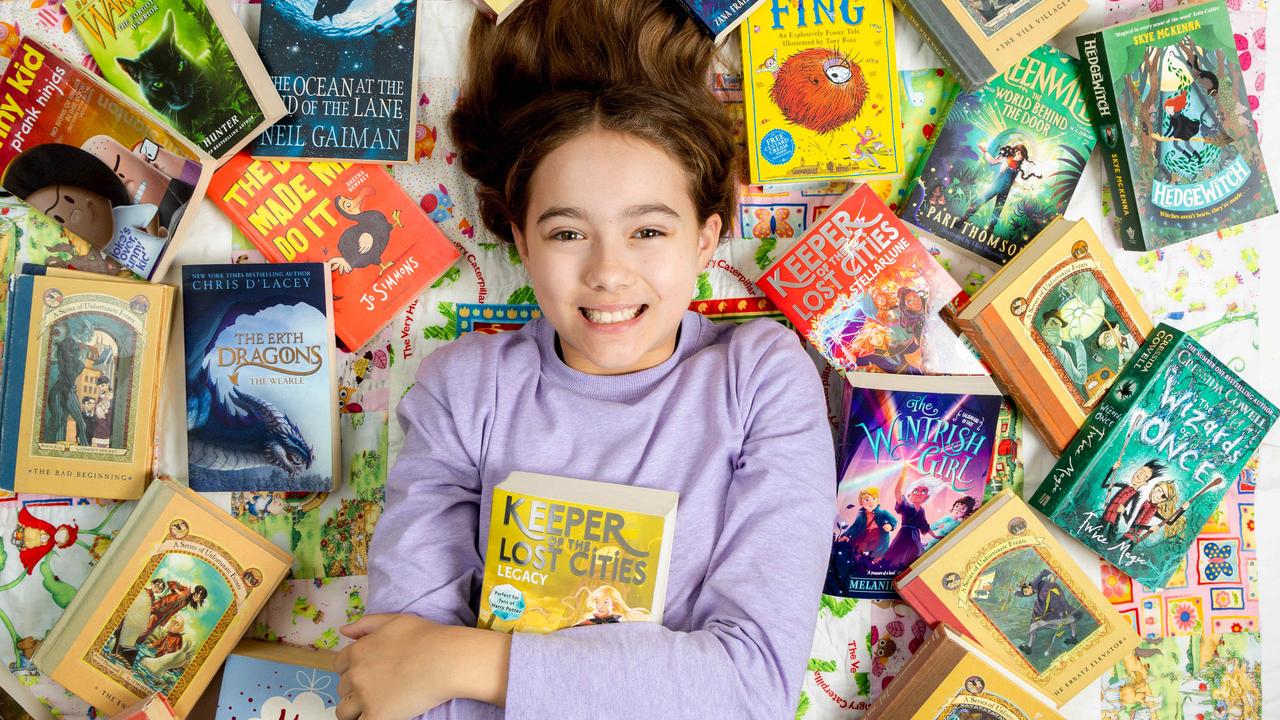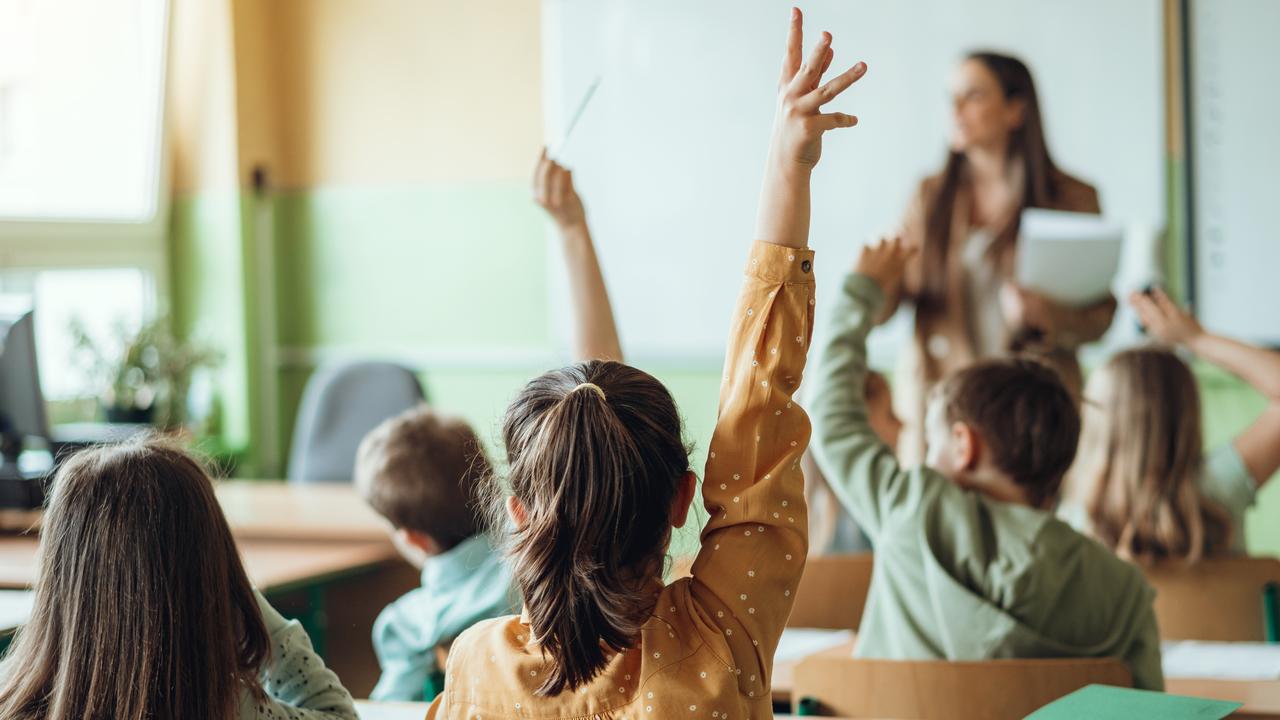Regional Victoria gains students, while inner-Melbourne schools lose thousands
Country Victoria is gaining students, as inner-Melbourne campuses count big losses. Compare every Victorian government school’s enrolment.

School enrolments in regional Victoria slowed this year, but still dramatically outperformed growth in metro Melbourne, where inner-city schools lost more than 4000 students between 2020 and 2021.
Victorian Principals Association president Andrew Dalgleish said schools planned for enrolment fluctuations, but evidence suggested this year’s numbers in some regional areas had been less predictable than in the past. “There are always some outliers that occur in a school year where more children turn up than you were expecting. But there seems to have been an increase at the start of this year,” he said.
Viewing this article on a Google AMP page? Click here to see the list.
Dramatic lifts were seen at schools including Torquay Coast Primary School, with enrolments up 39 per cent, Welshpool and District Primary School up 37 per cent and Clifton Creek Primary School — a small East Gippsland campus where numbers more than doubled from 10 to 22 students.
Across country Victoria, however, enrolments increased just 0.2 per cent across government schools, down from the previous three-year average of 1.1 per cent growth.
Regional state schools added more than 380 students in total, while an additional 1580 students joined regional independent and Catholic schools. Golden Plains, Moorabool, Surf Coast, Queenscliffe and Mansfield enjoyed growth of more than 2 per cent. Geelong, Moorabool and Ballarat gained the most students of all regions, up 548, 382 and 380 respectively.

Meanwhile, inner-city government schools lost more than 3000 students, while the independent and Catholic sectors lost 1170 from city campuses. Inner-Melbourne’s decrease of 0.8 per cent is a stark turnaround from the previous three-year average of 2.2 per cent growth in metro student enrolments. The seven outer-Melbourne “growth corridor” shires, meanwhile, maintained their historical strong enrolment increases, with growth of 3.4 per cent, or more than 7000 new students across all sectors.
Mr Dalgleish said many schools in regional areas had a “reasonable capacity to deal with increased numbers of students”, and the modest growth – despite Australia’s border closure and the lack of new international migrants – boded well for regional communities.
However, he warned that regional schools had greater difficulty attracting and retaining teachers, compared to metro schools.
MORE


